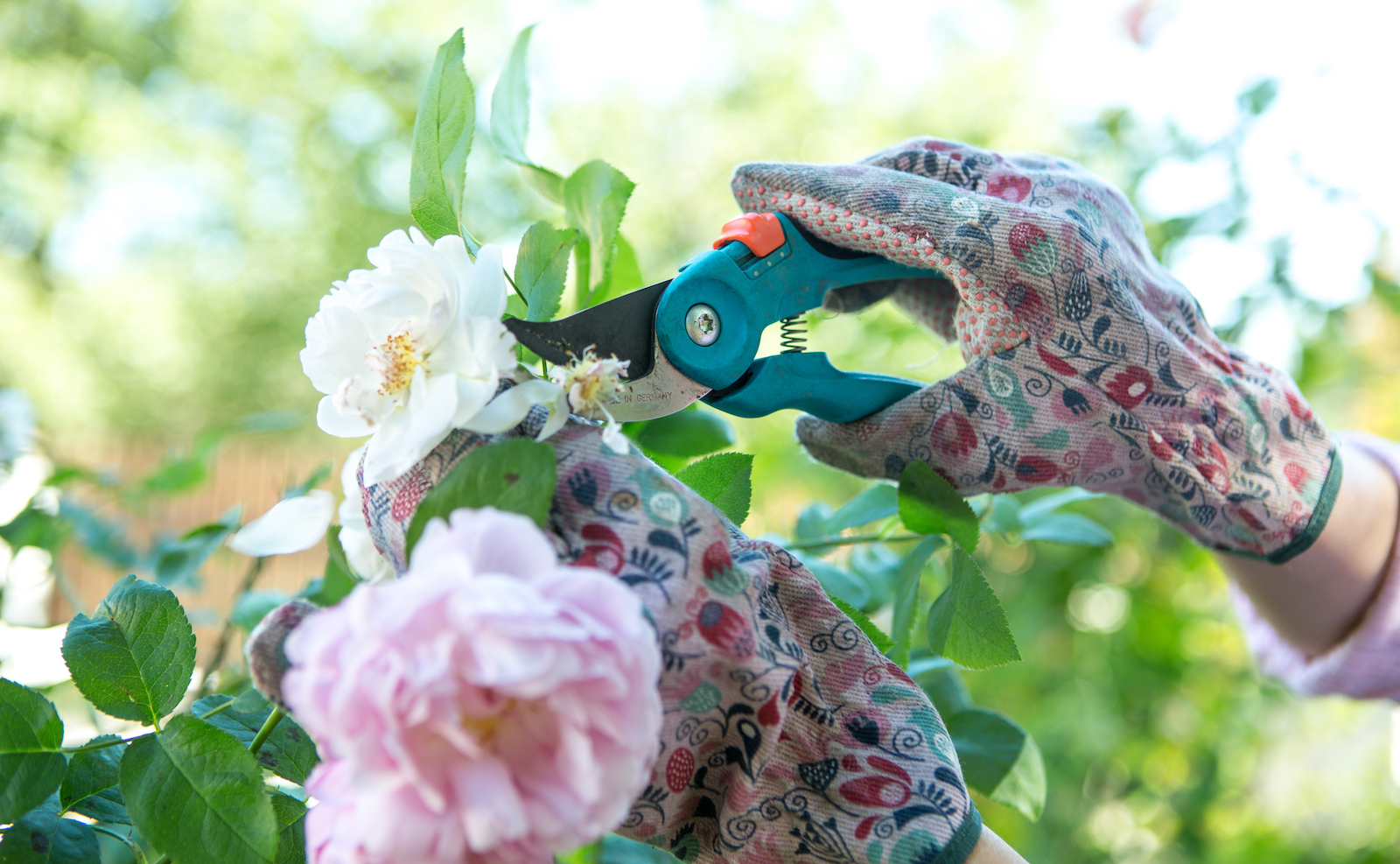

If you're trying to figure out what greenery to prune in spring, grab the shears from your toolkit and take some notes from our gardening experts.
Beyond the basics — hydration, nutrition, and sunlight — your flora might possibly need a tad more in the maintenance department, our gardening pros have dished all their tips in Pruning 101 to make things easier.
In order to ensure your small garden ideas are more stunning than ever, here's where to begin with those secateurs.
Flowers and greenery to prune in spring
It's important to learn what to plant in May based on the gardening zone you're in, but it's equally important to prune where necessary.
"Once flowers that bloom in early spring have finished flowering and the flowers have died back, they will need to be pruned back in order for them to produce plentiful blooms again next year," says Real Homes content director Lucy Searle.
Here's how to get the ball rolling (and the best secateurs to work with).
1. Pruning lilacs in spring
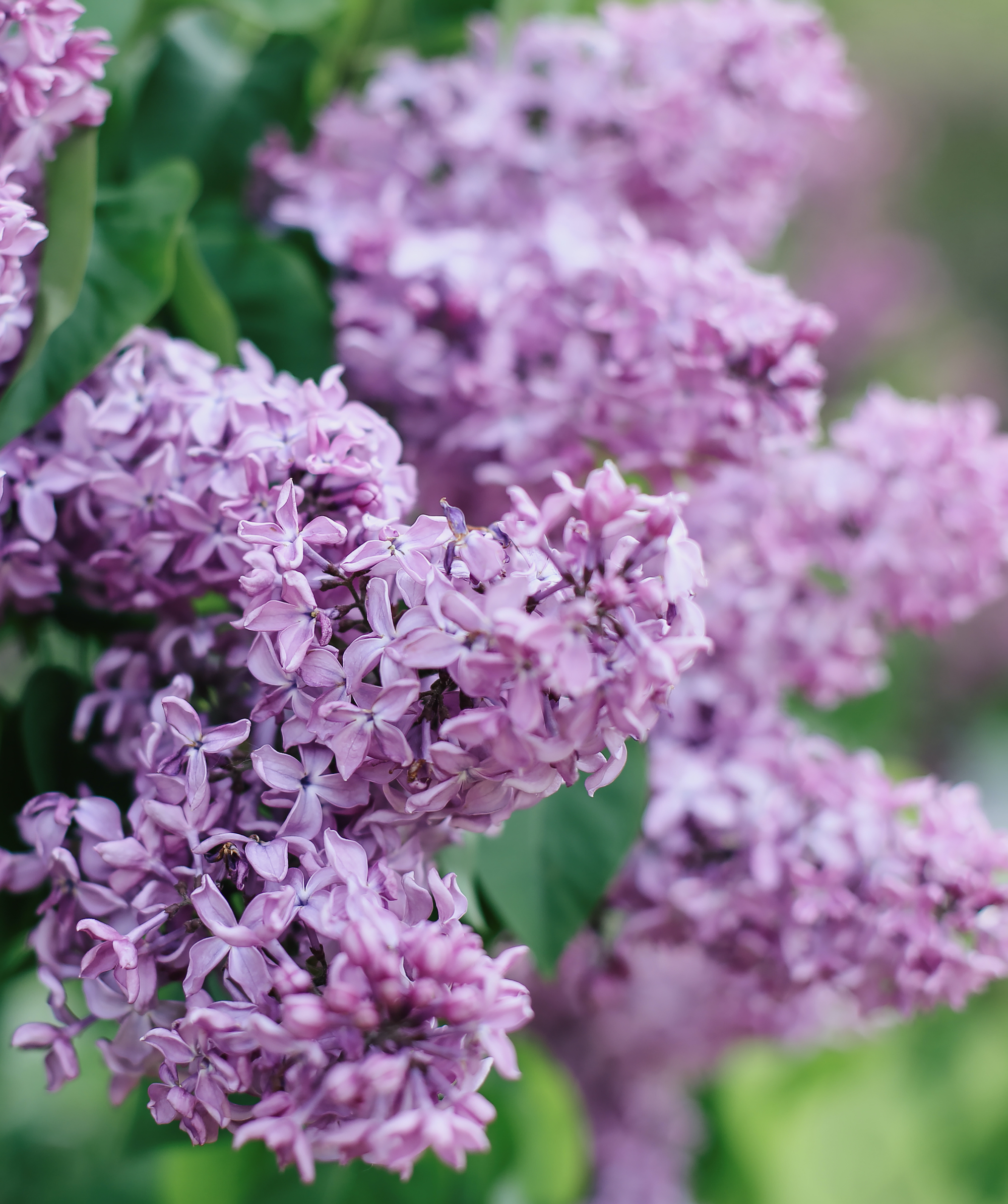
If you enjoy the rich color and aroma of lilacs, Lucy suggests pruning them in the spring right after they bloom. According to Sarah Warren, greenhouse manager at the Case Western Reserve University Farm, there are a few ways to go about the process.
"You can deadhead after the flower is spent and turned brown," she says. "Prune it at the base and will conserve energy for the tree. If the lilac is too tall, take out the largest branches and cut those at the base."
Typically, lilacs are roughly five to six feet, but can grow up to 15 feet, and can make for a pretty backyard privacy idea.
If they've become too tall to work with, Sarah suggests more extreme regenerative pruning. Cut your lilac down to about six to 24 inches off the ground in order to foster healthy growth.
"You cut the tree at the base so you can easily manage its height a little more," she adds.
2. Pruning beautyberry in spring
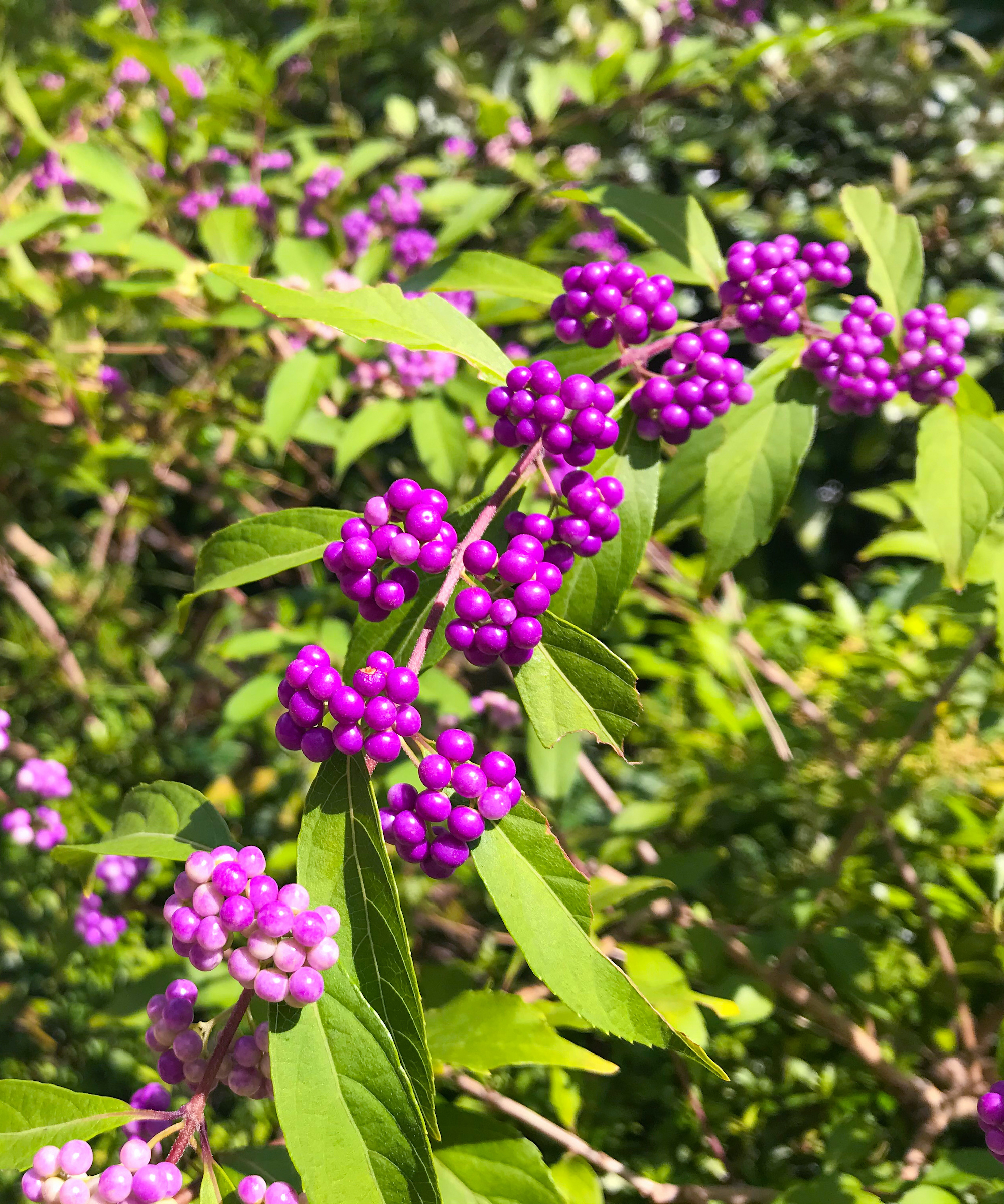
beautyberries are another purple pick in need of late winter or early springtime pruning.
"It often suffers from winter damage, so it's advisable to prune this in the spring," says Janna Bradley, coo and co-founder at Landscape Management Network. "After a good pruning, it will regrow, flower, and produce berries all in the same season."
Some experts suggests cutting back beautyberries to about a foot high in order to get greater results.
3. Pruning roses in spring
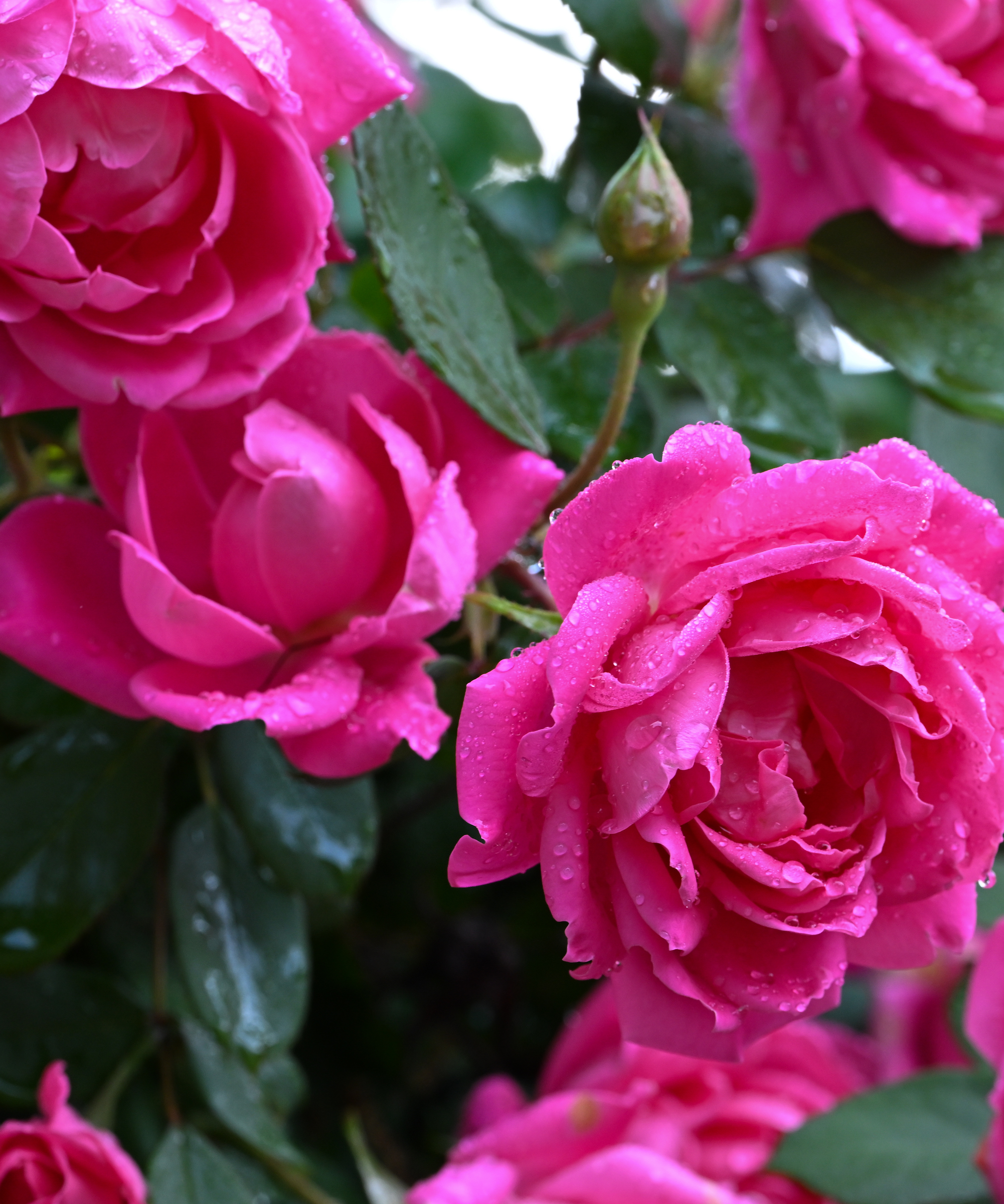
We picked the brains of our gardening experts for exactly how to prune roses and it's important to start the process in the spring during the dormant season, particularly when the final frost in your region has passed.
"Prune in early spring just as the buds start to swell," says Gene Caballero, co-founder of GreenPal. "This helps shape the plant, improve air circulation, and encourages strong new growth that can support blooms."
If you're pruning in your rose garden, you can do away with about a third of the plant. This might seem daunting, but will make the final results fuller than before.
Pay attention to your specific type of roses and prune appropriately as some will have varying needs.
4. Pruning ornamental grasses in spring
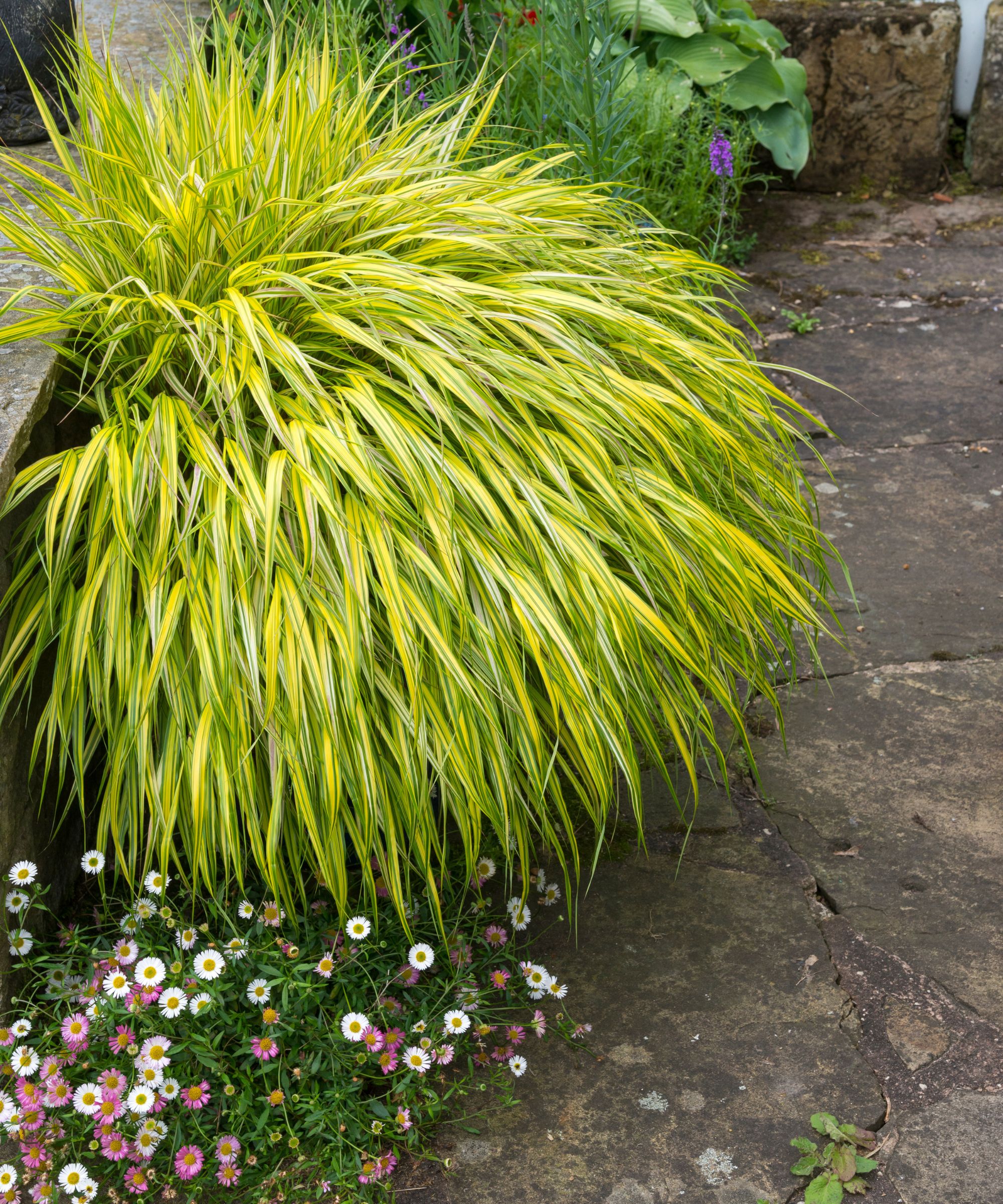
If you're working with ornamental grasses such as Japanese forest grass, you can take action in the spring with regenerative pruning.
"Cut back in spring before new growth starts to keep plants vigorous and well-shaped," Gene adds.
5. Pruning dogwood in spring
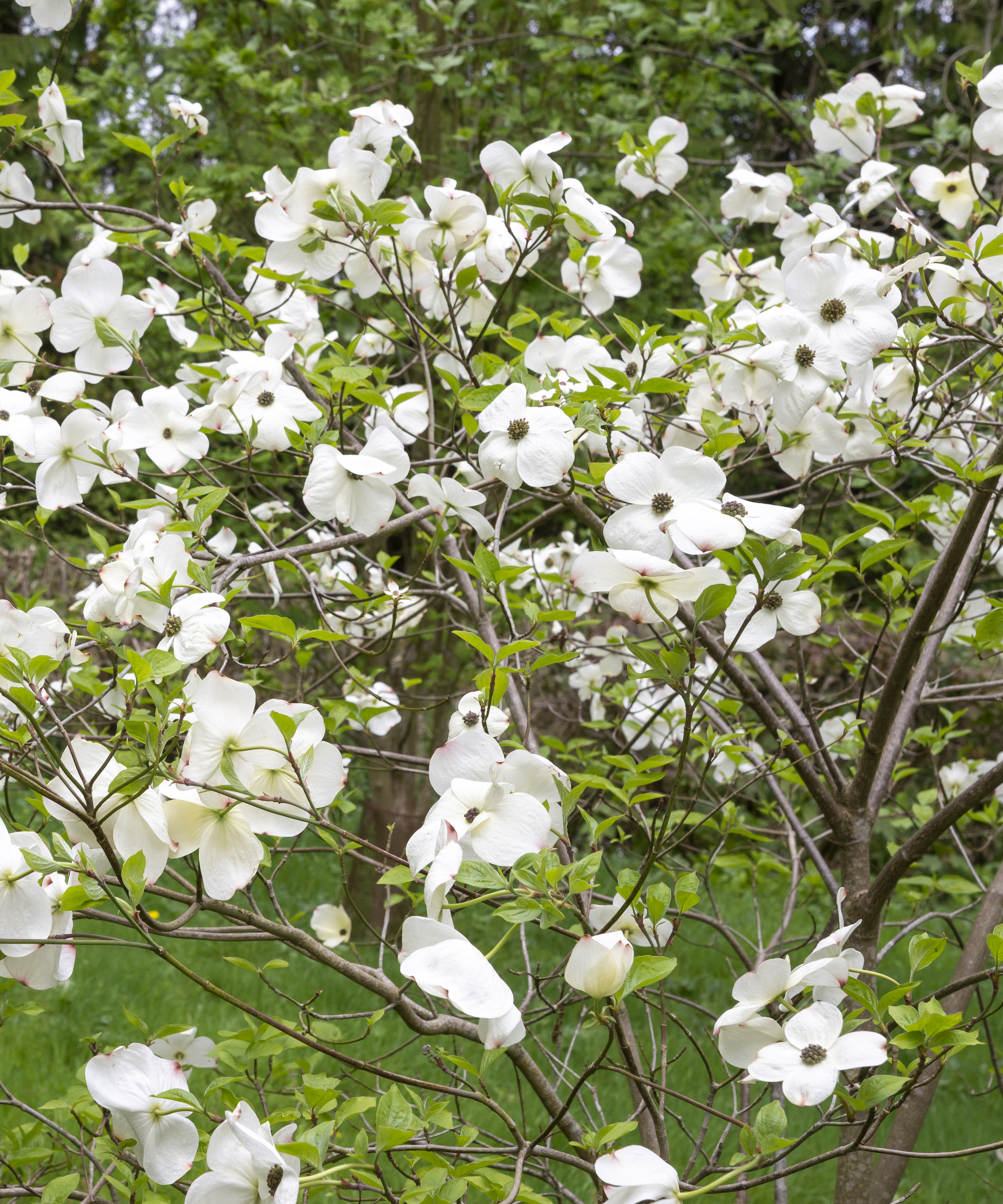
Last up on our list is pretty and dainty dogwood. When pruned in spring, these beautiful bushes will bloom with a high volume of small, white flowers.
Janna says, "As these shrubs emerge from the winter months, spring is the best time to prune them as the stems are fully exposed and the bark is most colorful. Removing some of the oldest stems (the ones that are thicker and darker) will make room for more colorful juvenile growth."
Meet our experts

Lucy Searle has written about interiors, property, and gardens for over 30 years. She is content director across Homes & Gardens, Woman & Home, Real Homes, and Ideal Home. A serial renovator, Lucy owns rental properties in the UK and Europe, bringing first-hand knowledge to the subjects she oversees.

COO and co-founder of Landscape Management Network (LMN), Janna has more than two decades of experience in the landscaping industry. Since its founding in 2009, LMN has helped tens of thousands of businesses, from design companies to national lawn maintenance providers, create more than $51 billion worth of estimates, price out more than $25 billion in contracts, capture 78 million individual clock-ins, and manage more than 245,000 employees.

Gene Caballero is a co-founder of Green Pal, a platform connecting customers to lawn care experts in their area throughout the United States. With such diverse areas to cover, Gene is well-versed in specific greenery needs for various environments.
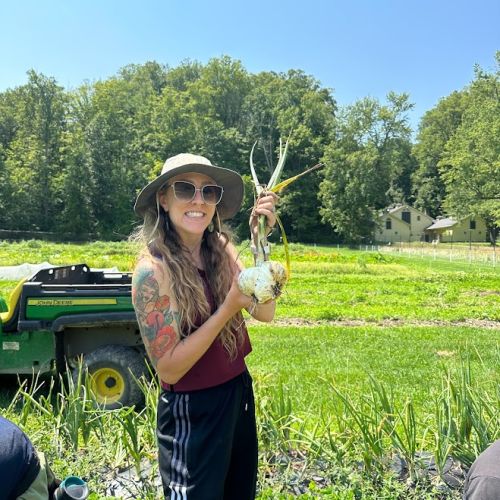
Sarah Warner is the greenhouse manager at the Case Western Reserve University Farm. She is a Lorain County Community College graduate with an associate degree in sustainable agriculture. She is also certified in permaculture design. Sarah has worked in the service industry for 11 years, bred Dubia Cockroaches for reptile consumption, raised bromeliads in the largest greenhouse in North America, and most enjoyably has grown organic food for her community.
FAQs
Is it okay to prune in the spring?
Although there are a lot of factors at play —including the location, local temperatures, frost risk, and plant types — pruning can takes place from late winter to early spring. Key factors in deciding whether to prune your plant in spring include when the final frost in a particular locale has passed and if the greenery in question has come out of dormancy.
What if you forget to prune?
Pruning does not operate on a "better late than never" mentality. If you missed pruning greenery for a particular season, it's probably best to move on in your gardening journey.
"I recommend just leaving it and being a little more prepared in upcoming years," Sarah says. "If you do go ahead with pruning [at the wrong time], you can risk really damaging the plant and exposing it to diseases and other pathogens."
With pruning underway, we asked our experts about planting vegetables in May and how to start the process. Psst: now is a good time to ready your herbs, too.
Join our newsletter
Get small space home decor ideas, celeb inspiration, DIY tips and more, straight to your inbox!

Pleasure to meet you! I'm Danielle, a content editor at Real Homes who loves scoping out interior trends. I've specialized in lifestyle writing and editing for 10 years with a focus on events, food, and books, among other areas. When I'm not working, I'm usually cooking, reading, or searching for a new project for my apartment.
-
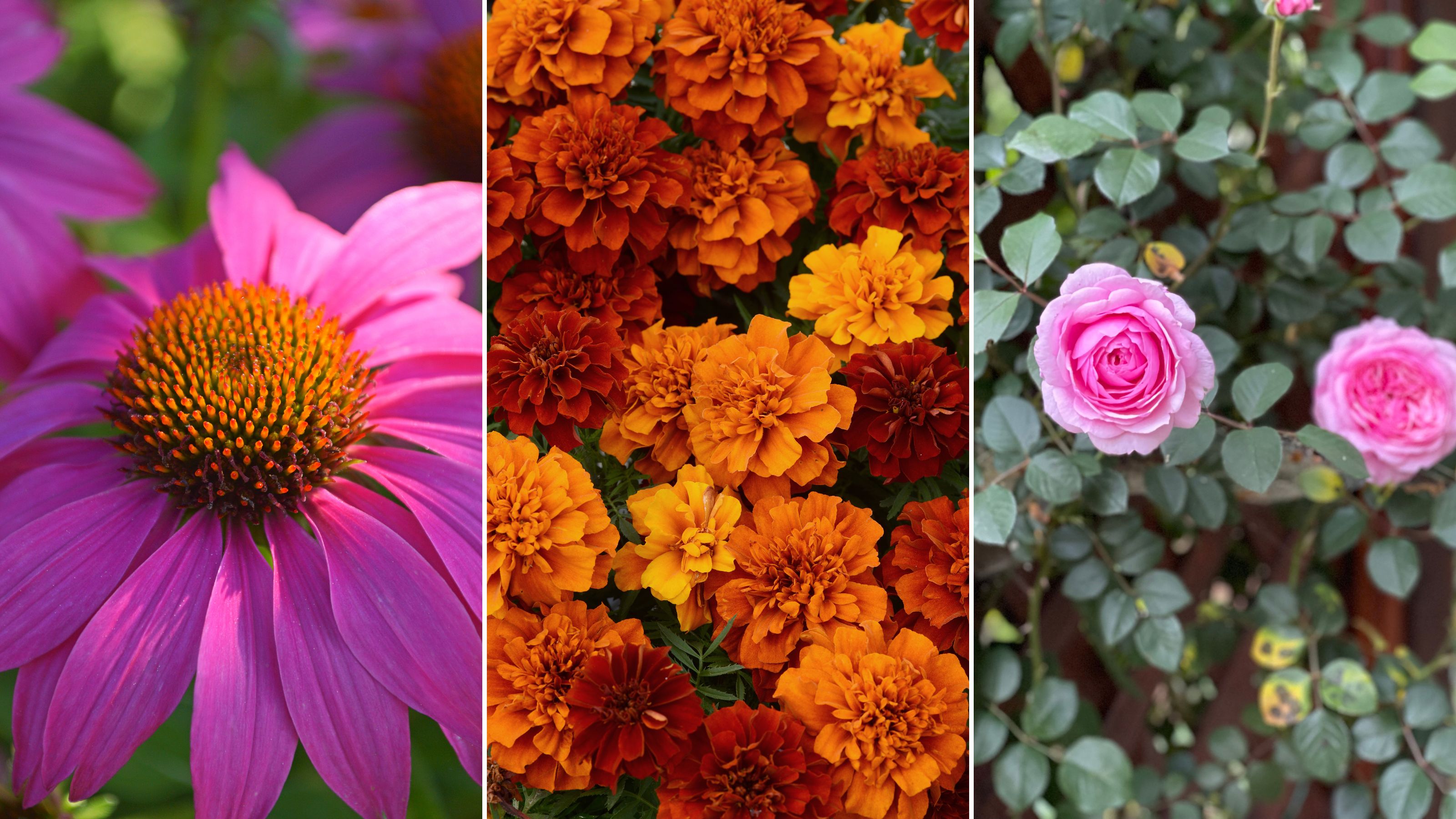 The 7 flowers to plant in August, according to gardening gurus
The 7 flowers to plant in August, according to gardening gurusKnowing what flowers to plant in August isn't always so clear-cut. But that's why we called in help from pro planters — here's what they said to pot.
By Becks Shepherd Published
-
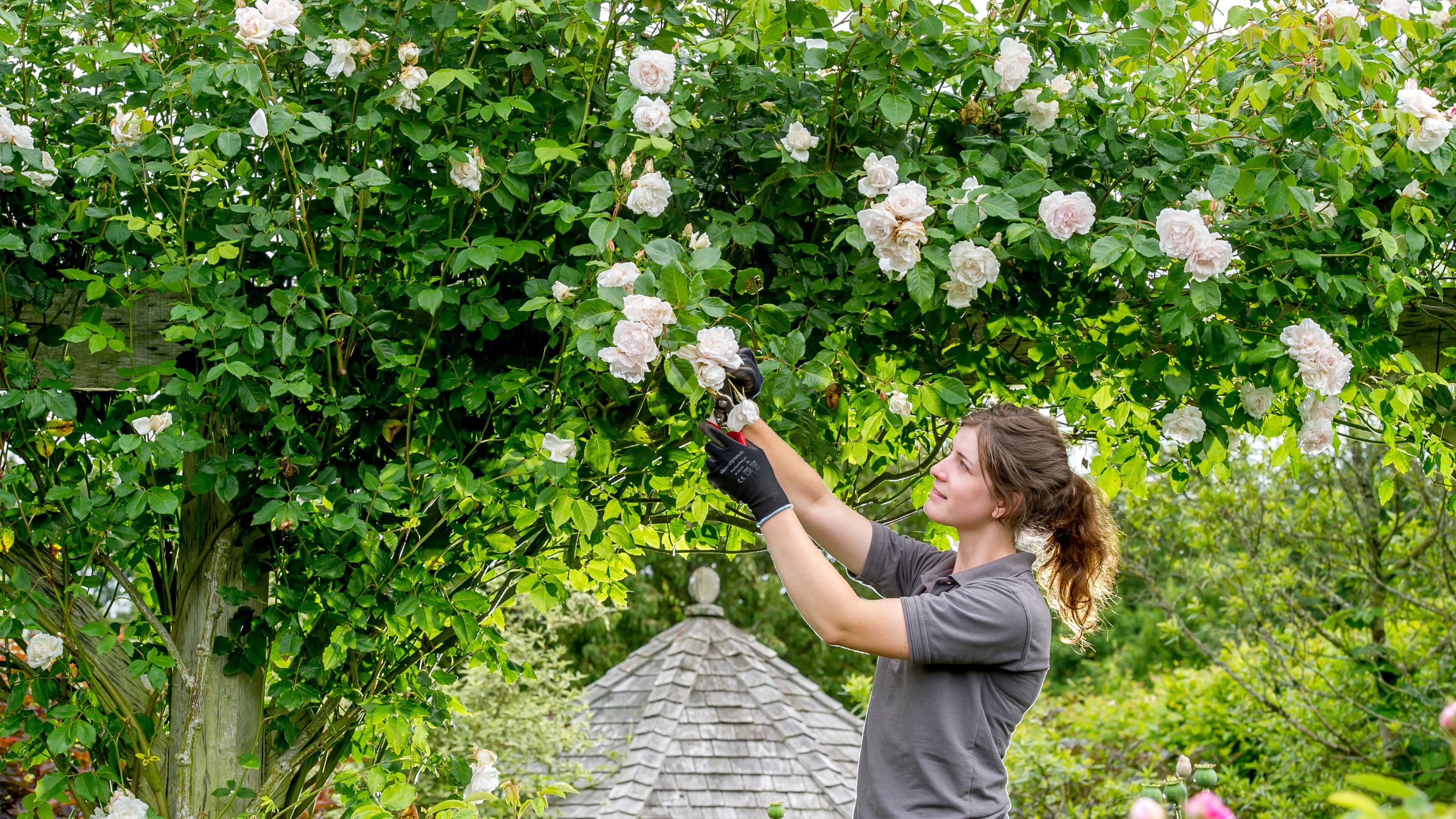 The 7 plants to prune in August — and the 2 pieces of greenery you shouldn't touch
The 7 plants to prune in August — and the 2 pieces of greenery you shouldn't touchWondering what plants to prune in August? We asked a gardening expert for their top tips plus info on what pieces of greenery to avoid pruning this month
By Becks Shepherd Published
-
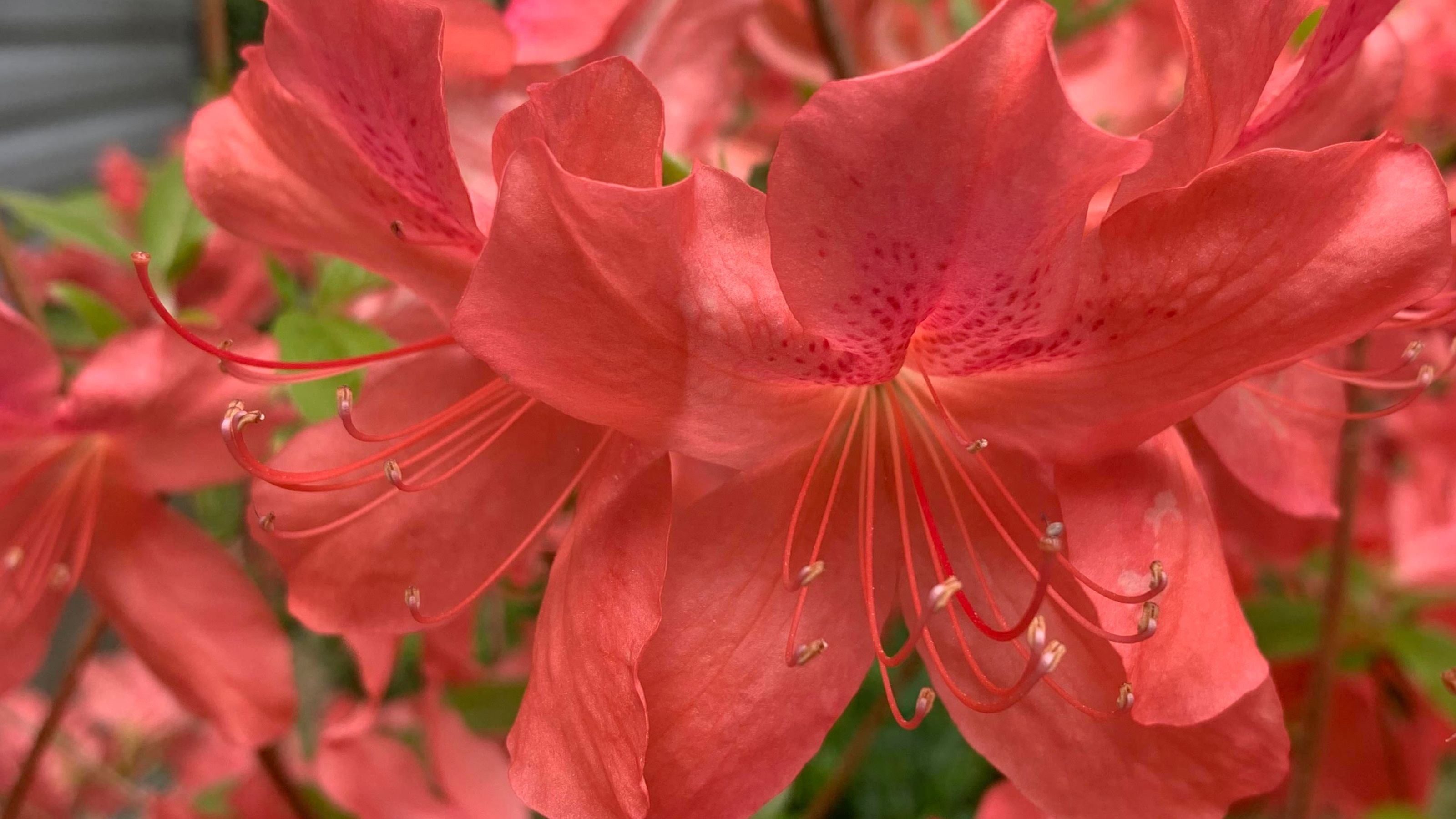 Do you need to deadhead azaleas? Top tips for pruning these flowering shrubs
Do you need to deadhead azaleas? Top tips for pruning these flowering shrubsWondering whether you need to deadhead azaleas? We asked a gardening expert for their top tips for looking after these blooms
By Becks Shepherd Published
-
 10 houseplants that are not toxic to cats — plus expert advice on keeping your pets safe
10 houseplants that are not toxic to cats — plus expert advice on keeping your pets safeKeep your four-legged companion safe by choosing these houseplants that are not toxic to cats, and learning the dangers of those that are, according to veterinary experts
By Holly Crossley Published
-
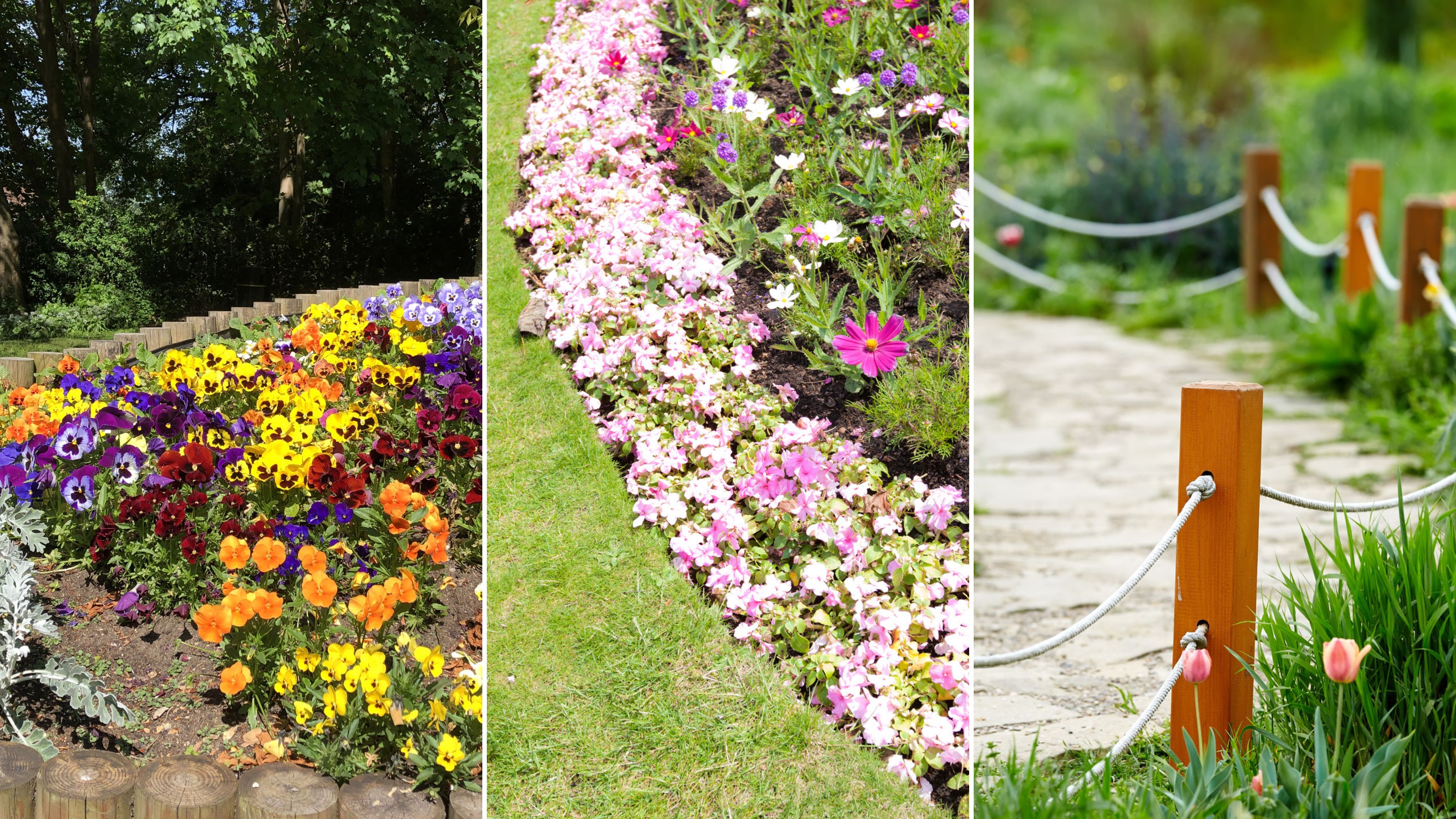 14 lawn edging ideas that will add definition and style to your backyard
14 lawn edging ideas that will add definition and style to your backyardWant to neaten up your lawn with lawn edging ideas? From fresh flowers to laidback bricks, we've scouted out materials and styles that look brilliant
By Eve Smallman Published
-
 Which houseplants are toxic to dogs? Vet experts pinpoint problem plants and solutions
Which houseplants are toxic to dogs? Vet experts pinpoint problem plants and solutionsWondering Which houseplants are toxic to dogs? We spoke to vets about the problematic leafy greens, what they trigger in dogs, and how to find a solution
By Danielle Valente Published
-
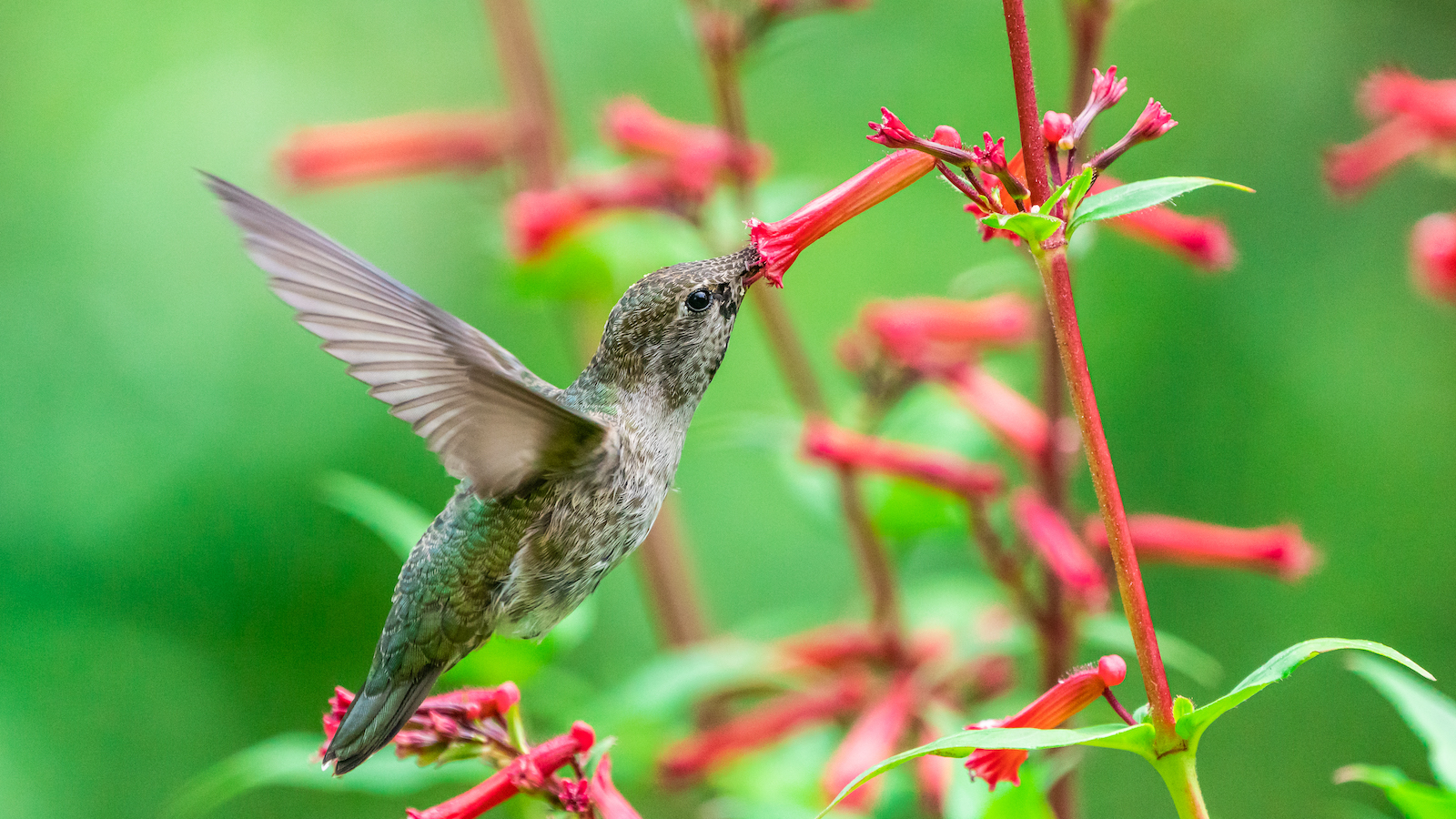 How to attract hummingbirds to your backyard, according to ornithologists
How to attract hummingbirds to your backyard, according to ornithologistsTrying to figure out How to attract hummingbirds to your backyard? These ornithologist-backed tips will guarantee you visitors in no time
By Danielle Valente Published
-
 Does hydrangea bloom every year? Pros spill the dirt on the "garden favorite" and when to expect it
Does hydrangea bloom every year? Pros spill the dirt on the "garden favorite" and when to expect itWondering, "Does hydrangea bloom every year"? We asked the pros all about the garden favorite and how often to expect them — here's the dirt.
By Danielle Valente Published